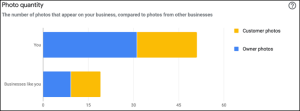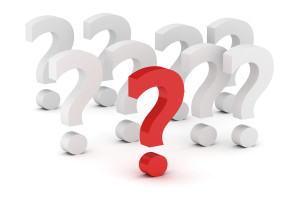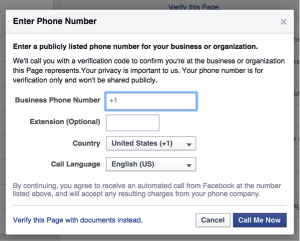
Tell me if you’ve heard this one before.
A company spends time, money, and creative efforts on designing brochures proclaiming the benefit of their products or service. They’re well-made–sharp colors, perfect ratio of graphics to text, and the text conveys the company’s products or service in a relatable, informative way. Wonderful. You distribute these brochures at a trade show, conference, expo, or other event, and then…
What happens next?
The truth of it is that, no matter how great that brochure is, you might never see that prospect again. Once you hand them that brochure and they walk away, that’s it–you have to hope that the content you put in print is engaging enough because there are no other proactive conversion opportunities on your part. Your only option is to sit back and hope a call comes.
This isn’t to say that a brochure isn’t valuable at a trade show or conference. In fact, we encourage having printed marketing materials on hand at such events. But you can’t deny that a static brochure has its limits–namely minimal opportunities for long-term engagement.
So then why do so many companies have websites that are basically just brochures online? Such sites can’t get crumpled up or misplaced like printed materials, but they can–and likely do–fail to attract and captivate the desired audience and limit revenue production just the same.
Think this might sound like your website? Well, here are some of the biggest website flaws we notice with prospective clients, and our thoughts on how to turn them around.
Many companies take blocks of product summaries, employee bios, and company history, paste them onto their site, and call it a day. This information is absolutely important to share, but is that really what’s going to grip your audience, and pull them into a long-lasting relationship with your site and ultimately your company? Feature these sections, but don’t let them dominate as they would on a brochure. Take away: Go clean and concise.
So many companies limit themselves to a few web pages with rote information, but why? Unlike a brochure, your site is not restricted to a set number of pages, plus you don’t have to wait for a reprint to edit it–your content can be updated in real-time. Once you have your URL, you can configure multiple subpages to truly build out your brand online, and engage your audience with valuable content at all turns. How? Create a blog and update it with informative content weekly, or daily if you can. Have two differing customer groups? Build two blogs! Have a section that prominently features product updates, sales, and discounts when relevant. Think about what the customer might want to see, and recognize that nothing is preventing you from showing it to them. In short, use this unlimited space to best display your expertise and educate your clients with relevant value that they’ll appreciate. Take away: Offer optimized content.
High-res images are nice, but on a website you have more graphic and design tools at your disposal. You can produce a short video walking your customer through your product or service. Or have a simple animation that draws their attention to a call-to-action. In 2015, there is no reason for a website to look like it was written on a word processor and then pasted into HTML. Make it stimulating. Takeaway: Take advantage of digital magic.
Perhaps the most important thing to remember is that unlike a brochure, a website provides opportunities for you to reach out to your customers–not just for them to reach out to you. A contact page listing a number and email address for a company rep is equivalent to the two line contact info on the back of your brochure, and it isn’t enough. Instead, capture visitors to your site, and turn them into leads that you can communicate with. Don’t wait for them to call or email you and tell you that they’re interested–let their visit to your website do that. Take away: Capitalize on contact opportunities.
And while they’re there, take full advantage. Don’t let them walk away like they might at a trade show.Create offers that will appeal to them, and that are available only once they engage with you. Build out landing pages that will encourage their progress through your site. Not only will you be gathering contact information, but you’ll also gain an understanding of what content your prospect is looking at and what interests them, which will help you engage them further down the road. Takeaway: Keep them interested.
It seems simple to say that a printed brochure is different than a website. But many companies are presenting the same static, rote material online that they do in print. Perhaps the website was built before certain expansion capabilities were available and no one took the time to update it; perhaps the team thinks time would be better spent on sales than on making a few website updates. Well, you want sales? Your website could–and should–be the best revenue producing asset in your business, as long as it’s engaging. A printed brochure is disposable. Don’t let customers think your website, brand, or product is as well.
Digital & Social Articles on Business 2 Community(121)









